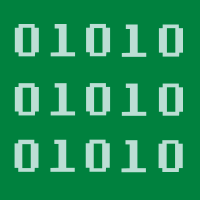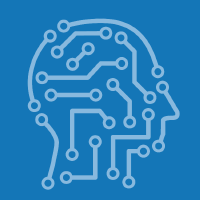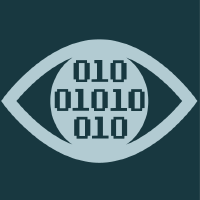Topic Menu
► Topic MenuTopic Editors

2. National Accelerators' Center, University of Seville, 41004 Sevilla, Spain
Artificial Intelligence (AI) in Medical Imaging
Topic Information
Dear Colleagues,
Artificial Intelligence and especially Machine Learning are playing an increasing role in Medical Imaging. On one hand, AI presents solutions which are of (in)sufficient accuracy or are difficult to implement in a clinical workflow. On the other hand, MD wants to have insight into how the classification or suggested diagnosis or outcome was calculated instead of just seeing an expensive AI black box. AI needs a common discussion platform where all key opinion leaders can express their concerns and results in an organized way.
In this topic, we invite AI/ML developers, computer scientists, academics, MDs (radiologists, neurologists, critical care doctors, etc.), and hospital managers to present their results of implementation of AI into medical imaging of any modality, the effectiveness of this process, and the gains and losses in terms of patient outcome and (monetary) investments. We welcome original articles, case reports, and reviews.
Prof. Dr. Marcin Balcerzyk
Topic Editor
Participating Journals
| Journal Name | Impact Factor | CiteScore | Launched Year | First Decision (median) | APC |
|---|---|---|---|---|---|

Life
|
3.2 | 2.7 | 2011 | 17.5 Days | CHF 2600 |

Information
|
3.1 | 5.8 | 2010 | 18 Days | CHF 1600 |

AI
|
- | - | 2020 | 20.8 Days | CHF 1600 |

Journal of Imaging
|
3.2 | 4.4 | 2015 | 21.7 Days | CHF 1800 |

MDPI Topics is cooperating with Preprints.org and has built a direct connection between MDPI journals and Preprints.org. Authors are encouraged to enjoy the benefits by posting a preprint at Preprints.org prior to publication:
- Immediately share your ideas ahead of publication and establish your research priority;
- Protect your idea from being stolen with this time-stamped preprint article;
- Enhance the exposure and impact of your research;
- Receive feedback from your peers in advance;
- Have it indexed in Web of Science (Preprint Citation Index), Google Scholar, Crossref, SHARE, PrePubMed, Scilit and Europe PMC.

